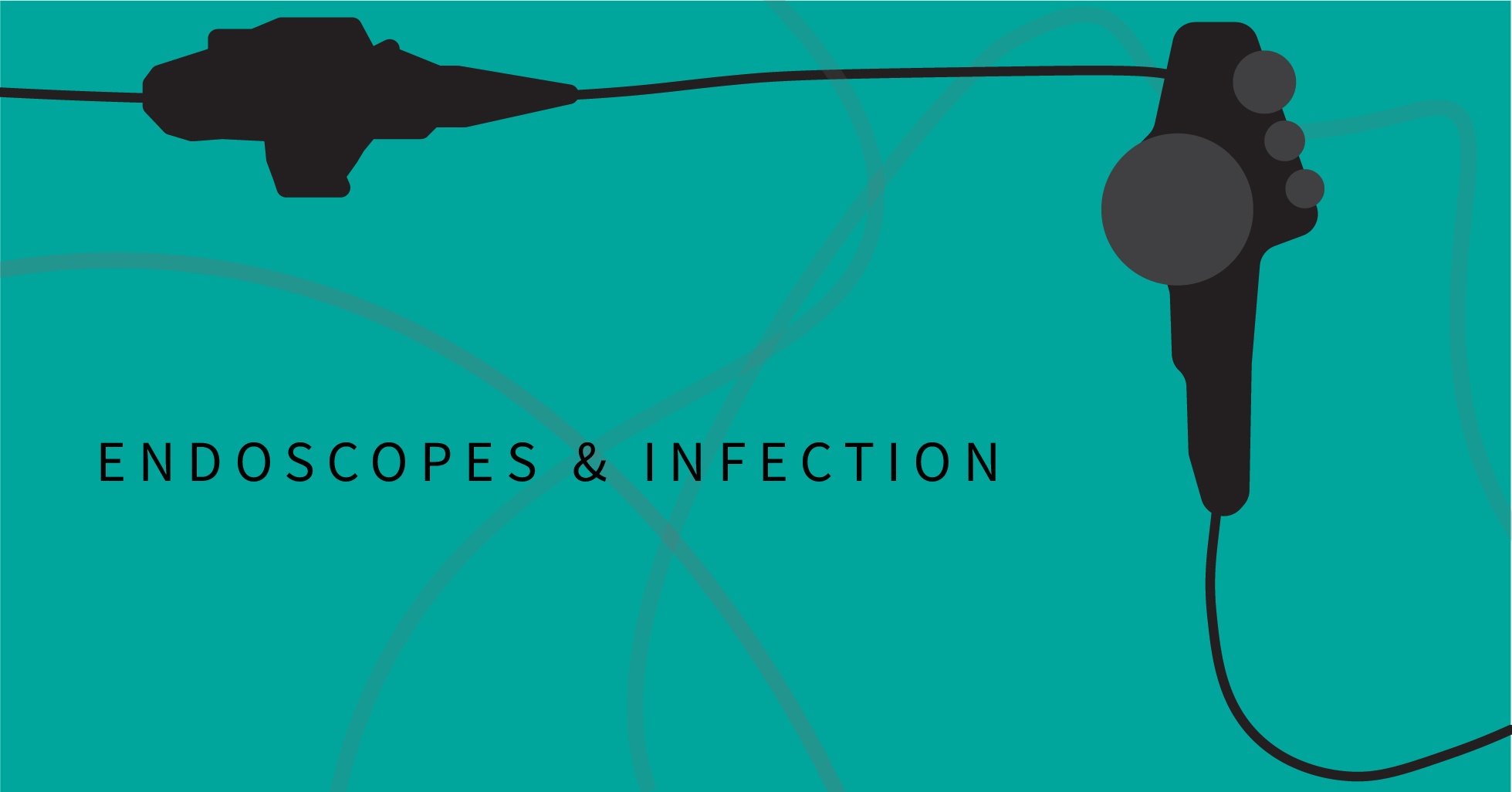 Up until recently, the medical community has assumed that the infection rates in endoscopy centers was around 1:1,000,000 - a tiny risk for a beneficial procedure. However, recent research published in the journal Gut reveals that the risk of infection is actually 1-3:1,000, that is, 100x more likely than previously thought. This number goes up to 45-59:1,000 for patients with a recent hospitalization. In today's post, we'll explore what is known about the risk of infection associated with endoscopic procedures, recent outbreaks, and what needs to be done to prevent infections in the future.
Up until recently, the medical community has assumed that the infection rates in endoscopy centers was around 1:1,000,000 - a tiny risk for a beneficial procedure. However, recent research published in the journal Gut reveals that the risk of infection is actually 1-3:1,000, that is, 100x more likely than previously thought. This number goes up to 45-59:1,000 for patients with a recent hospitalization. In today's post, we'll explore what is known about the risk of infection associated with endoscopic procedures, recent outbreaks, and what needs to be done to prevent infections in the future.
Endoscopic procedures allow doctors to investigate, diagnose, and treat without invasive surgery. These procedures can be preventative in nature, such as screenings, or they can be used to assist in an actual surgical procedure, with the help of wire-controlled attachments. There are three main areas of the body that can be accessed with endoscopy: The upper digestive tract, the respiratory tract, and the lower digestive tract. ![]()
While endoscopy eliminates risks associated with exploratory surgery, it presents its own, albeit fewer, risks to the patient. Two of the risks involved damage to the tissues of the tracts being explored, but the third risk is the one we will focus on in this series: Infection.
Post-endoscopic infections can be classified into two types: Exogenous and endogenous. Endogenous infections are caused by the patient's own flora (normal bacteria found on the body) and cannot be prevented through better disinfection or hand hygiene.
Exogenous infections, on the other hand, are caused by the transmission of foreign bacteria into the body via the endoscope. This foreign bacteria is present on the endoscope before the procedure, and contaminates the patient during use. While far less common than endogenous infections, these infections can be prevented, since they are caused by contaminated equipment. Recent outbreaks of endoscope-related exogenous infections reveal that, even when manufacturer's instructions are followed, some reprocessing is still not eradicating bacteria from endoscopes.
| Critical | Enter sterile tissue | Sterilization |
| Semi-Critical | Touch mucous membranes | High-Level Disinfection |
| Noncritical | Touch intact skin only | Low-Level Disinfection |
Endoscopes are considered semi-critical medical devices, meaning they must be cleaned using high-level disinfection. This puts them between noncritical devices, such as stethoscopes, and critical devices, which must be sterilized. Reprocessing, which includes the transport, cleaning, disinfecting, and drying of endoscopes, takes place between each patient. Depending on the type of endoscope, this process may include manual scrubbing, high-heat automatic disinfection, and chemical flushing. Even after these complex cleaning procedures, and even when manufacturer's instructions are followed to the letter, pathogens are still being isolated on these devices. What is going on?
The reason is the combination of device design and bacterial biofilms. We will discuss both in our next post!


